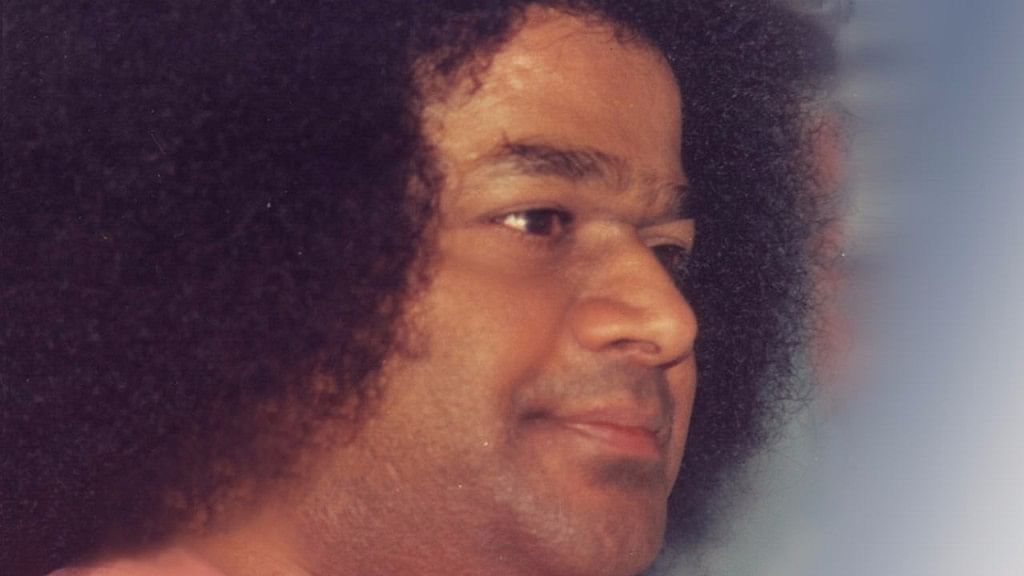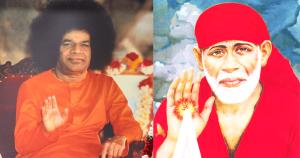
On the occasion of his birth anniversary, The Quint looks back on the life and legacy of Sathya Sai Baba.
Has been updated:

(This article was published on November 23, 2017. QuintWe are opening our archives to commemorate the birth anniversary of Sathya Sai Baba.
At the time of his death in 2011, Sathya Sai Baba had at least 50 million devotees, including famous cricketers such as Sachin Tendulkar and Sunil Gavaskar, and actors such as Aishwarya Rai. Though he faced harsh criticism for his claims that he could create gold chains and watches out of thin air, tens of millions of his followers remain loyal to him thanks to his spiritual and charitable work.
Many years after his death, the schools, hospitals and drinking water projects he started continue to serve people across the country. Money and gold donated by his devotees are used by charitable organisations to provide subsidised education, healthcare and other services to the underprivileged.
Quint A look into the life and legacy of one of India’s prominent spiritual leaders.
Who was Sai Baba?
Sathya Sai Baba’s real name was Sathya Narayana Raju. He was born in 1926 in Puttaparthi, formerly part of the state of Madras and now part of Andhra Pradesh. His followers say that in 1940, at the age of 14, he survived a scorpion bite. Raju then claimed to be the reincarnation of Shirdi Sai Baba.
His popularity grew over the years and the first “Mandir” was built in his name in his hometown in 1944. Many temples and other institutions were subsequently built for him across the country.
As part of his philanthropic endeavors, Sai Baba established the Sri Sathya Sai Seva Organisation in the 1960s. Through this trust, Sai Baba established many schools, colleges, hospitals and other charitable organisations in India and abroad.
What was the controversy surrounding him?
Sathya Sai Baba was famous for making gold chains and watches appear out of thin air (as claimed by his devotees), but he was challenged by several rationalists during his time. In 1976, rationalist Hosur Narasimha challenged Sai Baba to perform miracles in a controlled environment, but the request was rejected.
A decade later, another rationalist sued Baba under the provisions of the Gold Control Act after Baba allegedly manifested a gold ring during a public appearance, but the suit was dismissed by the court.
There have also been allegations of sexual abuse against Baba. A Danish television documentary included an interview with former cult member Alaya Ram, who claimed that Baba sexually harassed her in 2002. In another BBC documentary, separate from Ram’s testimony, another ashram member, Mark Roche, alleged abuse by Sai Baba, but no formal complaint was filed.
How did he die and what happened to him afterwards?
Sathya Sai Baba passed away due to respiratory illness in Puttaparthi on 24 April 2011. His body was given a state funeral.
Several years after his death, on 17 June 2011, officials of the Sri Sathya Sai Central Trust opened his private residence to the government and found 98 kg of gold ornaments worth approximately Rs 210 million, 307 kg of silver ornaments worth approximately Rs 160 million, and Rs 116 million in cash in his room.
These funds, along with other donations from devotees, were handed over to a charitable trust to be used to continue his charitable work.
On September 2, 2012, Sai Baba’s will, written in 1967, was made public. The will clearly stated that Sai Baba’s family and relatives had no right to gifts from devotees, and that all assets of his ashrams and temples would be donated to trusts established for charitable purposes.
How do his followers continue his legacy?
While his life as a spiritual leader drew both praise and criticism, his philanthropic works were praised by all quarters, including the Indian government, which issued a postage stamp and a postal cover in his honour.
Most notably, he has set up two super-specialty hospitals in Puttaparthi and Whitefield, Bangalore: the one in Puttaparthi offers free care in cardiology, orthopaedics, ophthalmology, urology and gastroenterology, while the one in Bangalore focuses on affordable neurological care.
According to the trust’s report, Rs 1,000 crore was spent on modernising and expanding the super speciality hospital, including a research and development centre for doctoral and post-doctoral studies at Sri Sathya Sai University, which is currently in its final stages.
Research is also reportedly underway to set up low-cost MRI and other essential medical facilities in these hospitals and an MoU has been signed between the Tata Trusts and the Sai Baba Trust in this regard.
Will he be “born again”?
Devotees believe that Sai Baba will reincarnate again. Devotees say that in their interactions, Sai Baba had declared that he could be reincarnated as Prem Sai in a village in Karnataka.
(At The Quint we are accountable only to our readers: become a member and take an active role in shaping our journalism, because truth has value.)






